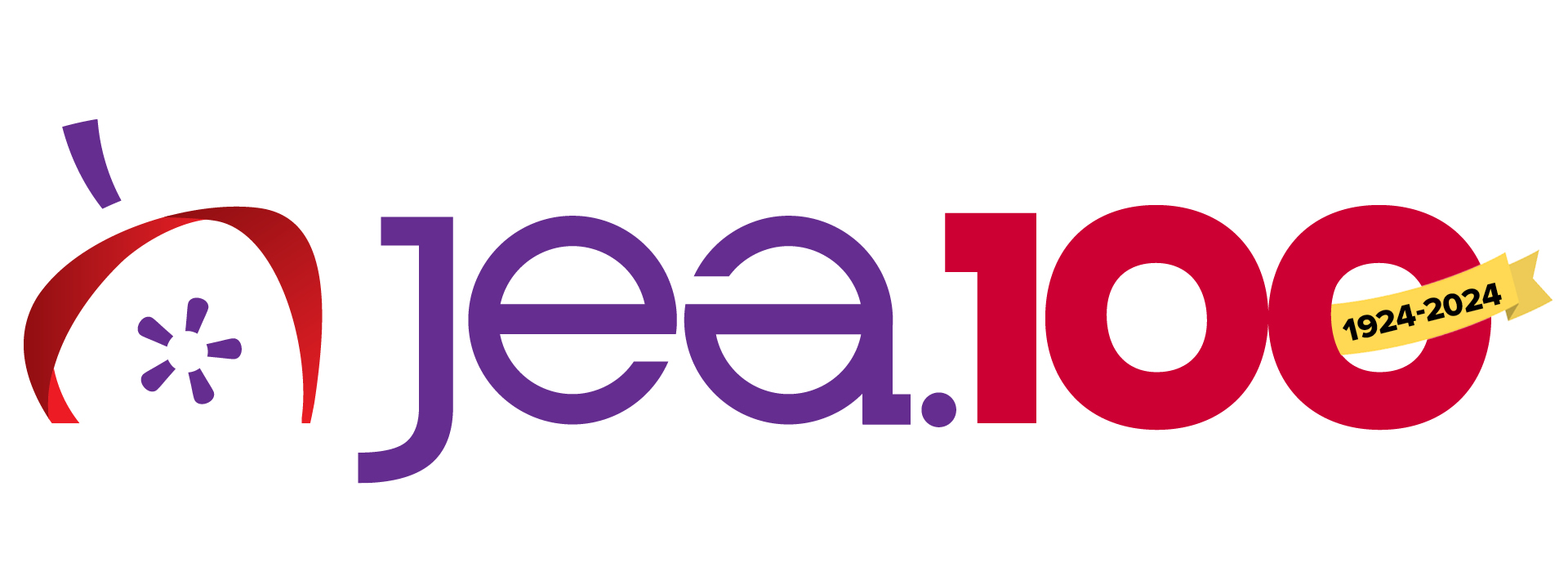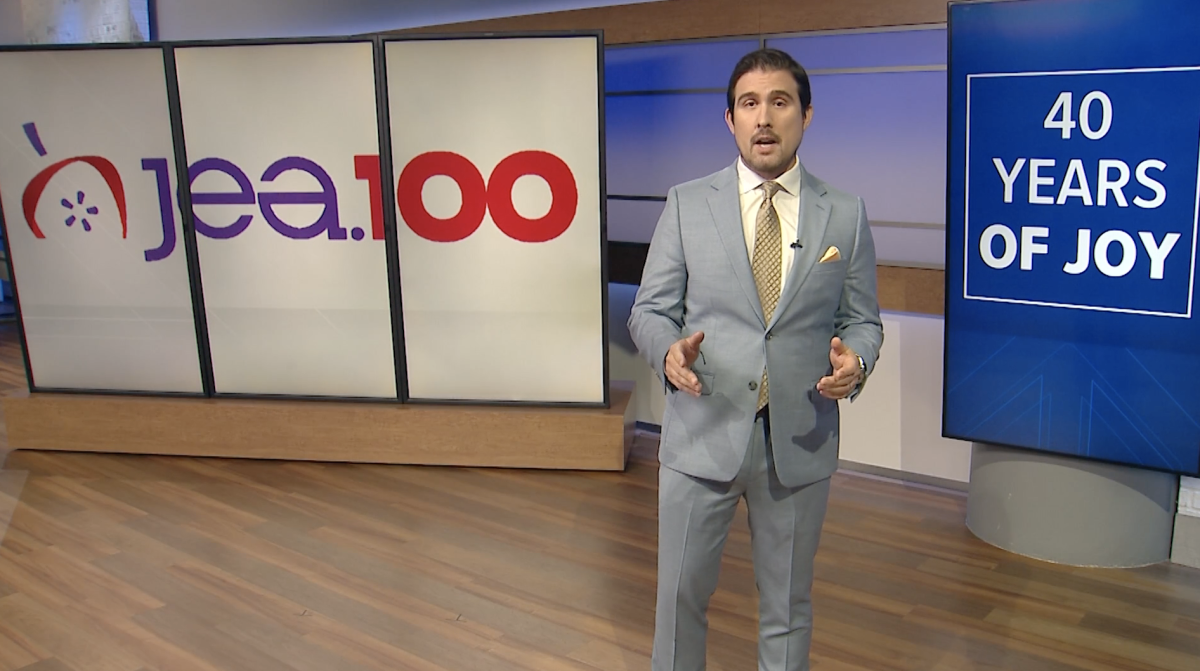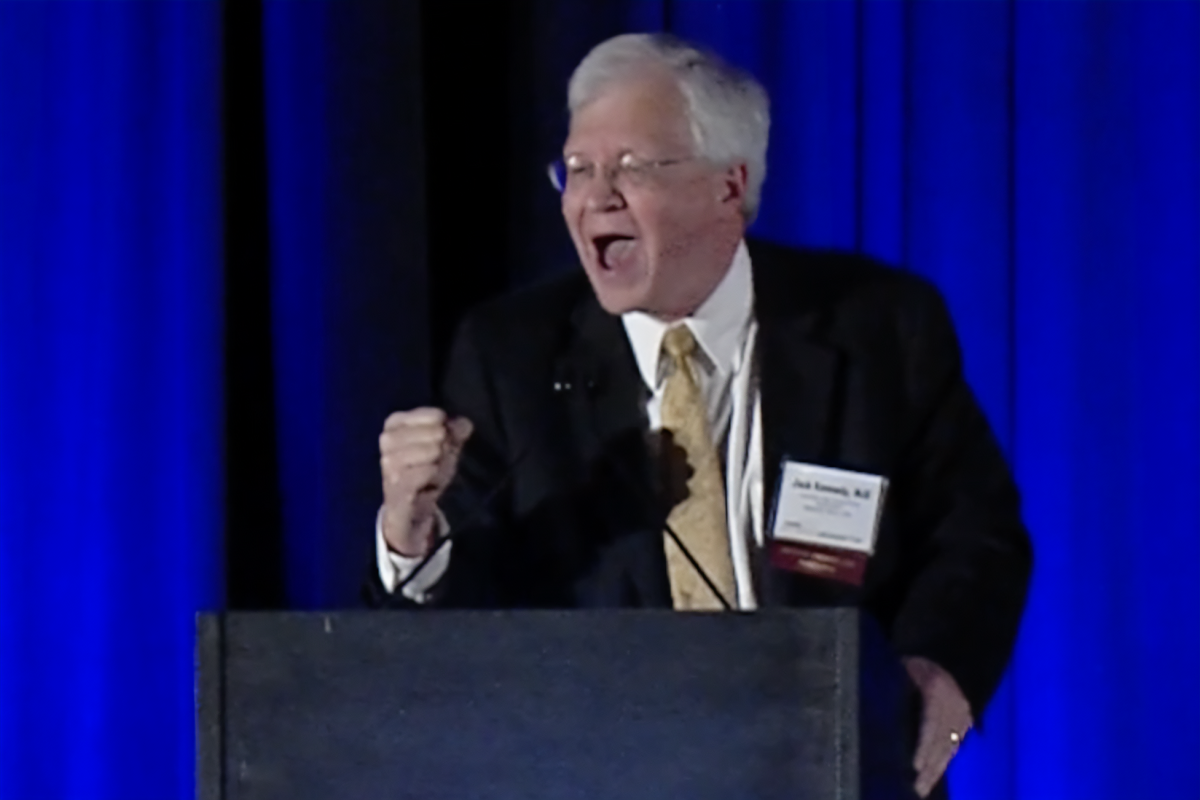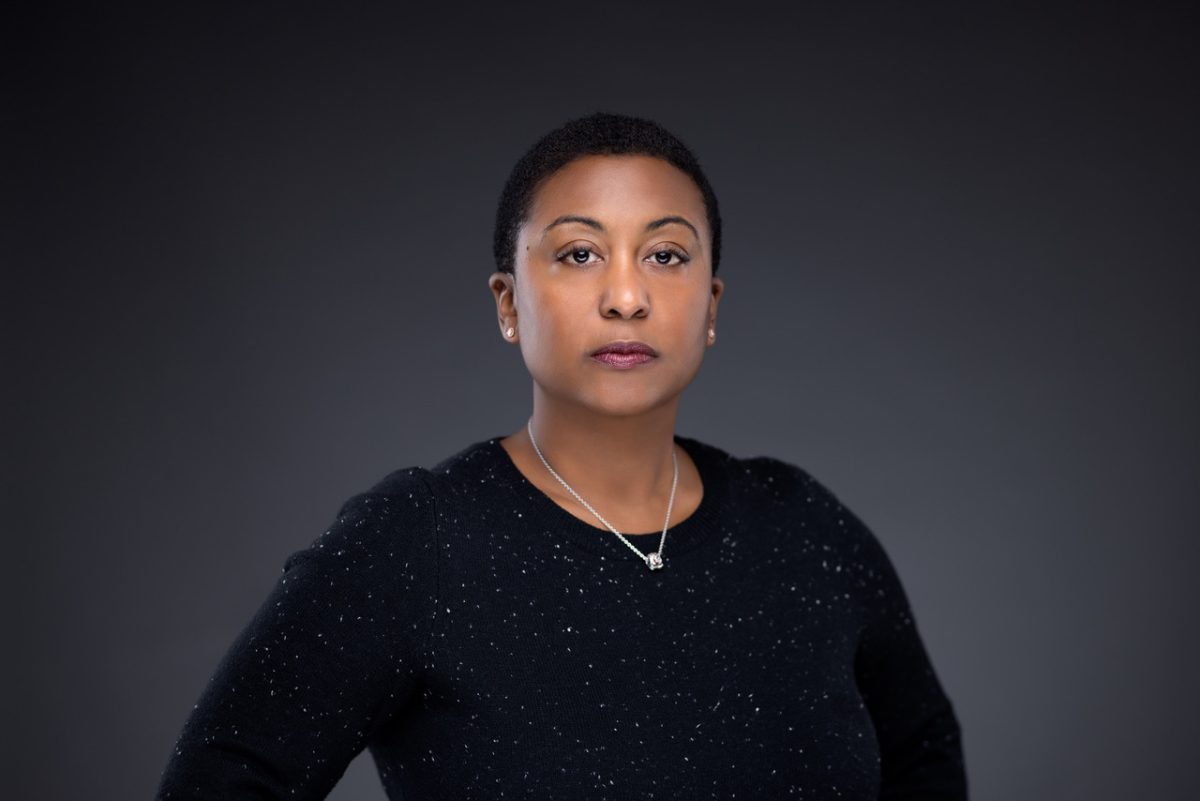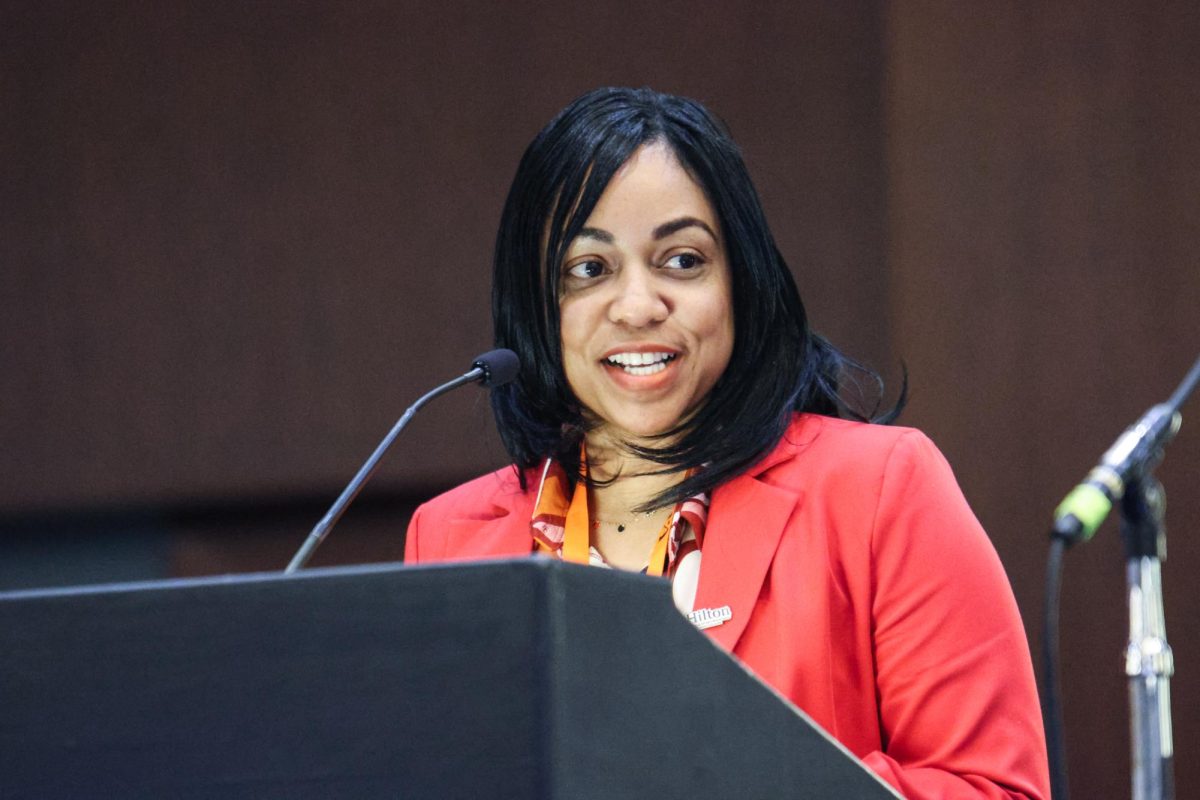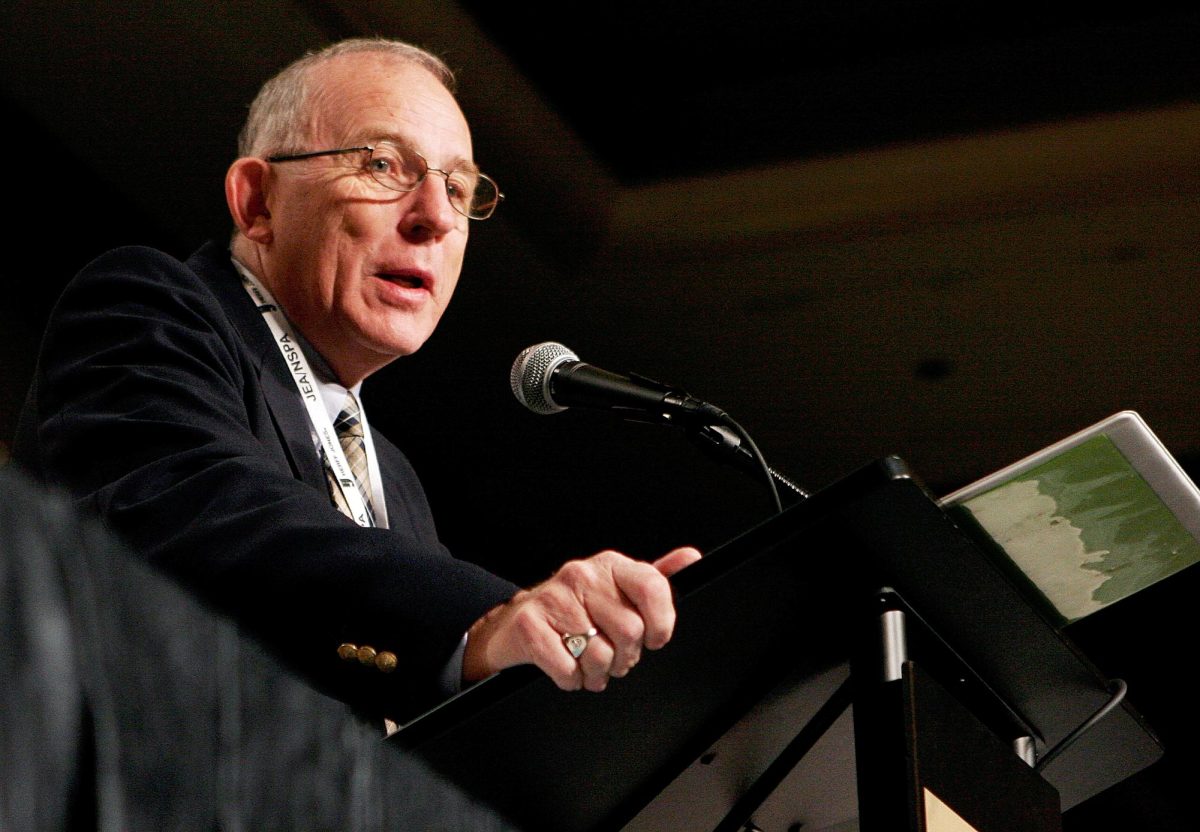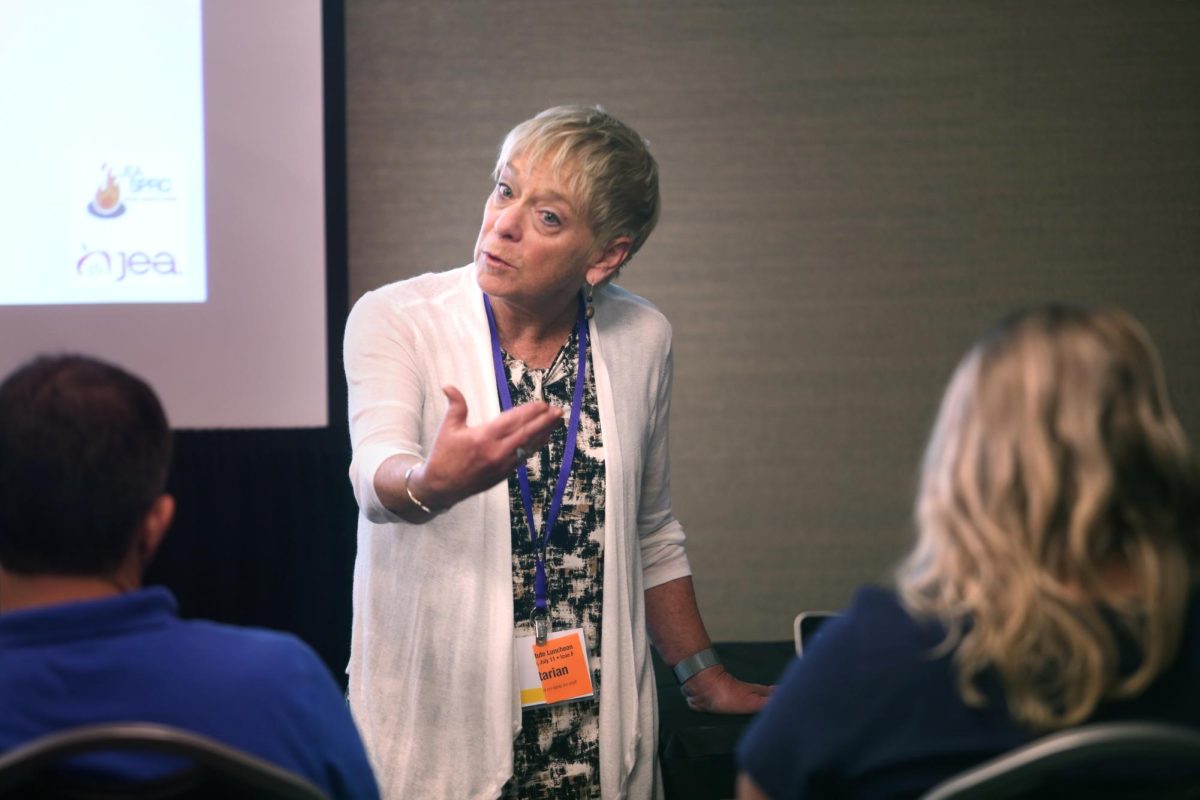In 1969 Ken Siver began teaching and advising at Thompson Junior High School in Southfield, Michigan. What he learned from his students led him to JEA and a long-time commitment to helping teachers improve scholastic journalism nationwide.
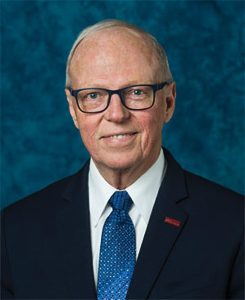
What brought you to JEA?
I advised ninth grade literary magazines and discovered my students’ writing greatly improved when they were writing for a real audience. I went on to advise the school yearbook and newspaper and then wrote the junior high journalism curriculum for Southfield Public Schools. I attended the Fall 1975 JEA Convention in Chicago and was asked to present our yearbook sales promo project.
Conventions were a first attraction for you, how did you get more involved in JEA projects?
As the sole journalism teacher and publications adviser, I was ‘alone’ in the school. I was looking for resources to improve my teaching and our student publications. I found them in JEA. I attended the JEA business meetings and took on various committee assignments including serving on the audit committee, conference speaker and judge, Junior High Journalism Commission Chair, Chair of the JEA/NSPA 1980 Fall Convention in Detroit, JEA secretary, first vice president, president, and past-president. I coordinated convention planning from 1985 through 1997.
How did being so heavily involved in JEA affect your career?
My involvement in JEA had a powerful impact on my teaching and the quality of the student newspaper, yearbook, and video productions. Materials and information sharing from JEA conventions and the network I developed with journalism teachers improved my students’ learning experience. The student newspaper and yearbook, when I taught junior high school, went from an occasional publication to a monthly 16-24-page tabloid. The 1977 Thomson Junior High Yearbook was the only All-American awarded by NSPA that year (for junior high). The quality of the Southfield High student newspaper went from an occasional six-page publication to a 24-page tabloid. The paper was so well regarded that the Southfield Jay had over 200, monthly community subscribers. As a teacher one isn’t always seen as an expert in his own land. When my students attended conventions, I’d hear them say, “Siver said that.” The validation was priceless! In 1986, I was named Michigan Journalism Teacher of the Year. It would never have happened without the knowledge and support gained from JEA.
Tell us about a favorite moment in scholastic journalism.
Attending those first JEA conventions in Chicago, San Antonio, Kansas City, and Milwaukee, I relished being with other journalism educators and the support they offered. I felt I had found a home. The 1980 Detroit Convention Planning Committee was a stellar group of educators that, to this day, I remain in contact with the surviving members.
A lot was happening with JEA during your time on the board. When you became president growing pains were changing the look of the organization. What changes are especially important to you?
I claim responsibility for the evolution of JEA from an all-volunteer, struggling teachers’ group into a truly professional organization. When I became president in 1987, JEA finances were rocky. Earlier as JEA secretary I staffed the JEA Help Hotline. It really bothered me that I was directing teachers to other (non-JEA) sources for help. In 1987, I launched the JEA Headquarters Search. We had 13 universities bid to host JEA. We narrowed it down to Kansas State University. With a headquarters in place, I pushed for the JEA Bookstore so JEA could provide materials to its members. Connie Fulkerson developed the bookstore into a first-rate teacher resource. My predecessor Dorothy McPhillips laid the foundation for the JEA Certification program. I picked it up where she left off. We worked with AEJMC and Mike Brown brought the program into existence. I managed to convince long-time JEA Treasurer Sister Rita Jeanne that JEA needed modern accounting system. There was resistance to this change at first by Sister Rita Jeanne and some of the members, but she came to realize it was for the best. Sister continued to manage the scholarship fund and savings accounts. It bothered me that JEA was meeting in large cities yet most of the students attending the conventions were from suburban schools. With the help of the Poynter Institute, I persuaded the JEA Board to create the Multi-Cultural Commission. It was a DEI initiative long before DEI came into its own. Finally, with the help of NSPA and the Board, we set JEA finances on sound footing, grew membership, and convention attendance.
JEA has changed over the years to address the issues of the day. Where do you think JEA should focus now?
There is so much in today’s information age that I find troubling. Stressing reporting that is balanced, fair, and accurate should never go out of style.
How powerful has JEA been in your life?
My experiences in JEA were invaluable and provided a foundation for my career moves as Southfield Public Schools Information Director and later as Deputy Superintendent of Schools—and further as a city councilman and the current mayor of the City of Southfield, Michigan.
